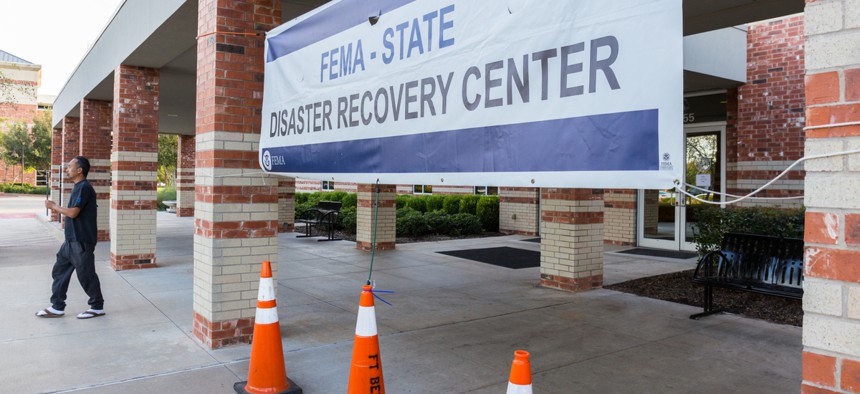High Impact Agencies Release Customer Experience Action Plans

michelmond/Shutterstock.com
More than two dozen high impact service provider agencies shared their current and future investments.
The 25 federal agencies that engage the public the most have released comprehensive customer experience action plans in accordance with the President’s Management Agenda and guidance from the Office of Management and Budget.
The action plans, released on Performance.gov Sept. 19, provide detailed assessments on each high impact service provider (HISP) agency’s current customer experience efforts and future plans and investments.
Each agency’s plans include a self-assessment for customer experience maturity dimensions outlined in A-11, Section 280 guidance from OMB—measurement, governance, organization and culture, customer research and service design—and two focus areas for the coming years. Per the plans, each agency also had to describe how their planned actions relate to actual customer profiles, referred to as personas.
For example, the Federal Emergency Management Agency outlined two focus areas in governance and customer research. In one, FEMA aims to establish and staff a customer experience team within its individual assistance program “with the key focus of integrating consistent customer experience practices across all aspects of the program.” The goal comes in response to customer needs and frustrations that commonly occur when people try to navigate federal programs after being affected by natural disasters. FEMA identified many challenges that complicate customers’ journeys, such as the fact the benefits they may be entitled to could come from more than one agency and the time it takes for home inspection assessments.
In another focus area, FEMA plans to integrate disaster survivor information from the Census Bureau, FEMA and the Centers for Medicare and Medicaid Services by Sept. 30, 2021. If successful, combining data from multiple agencies citizens engage post-disasters could streamline how these agencies provide those services and “create process efficiencies across the federal government.”
Several themes emerged in the HISP plans. Agencies predominantly chose to focus on measurement (31%) and customer research (25%). In addition, the plans indicate agencies share the same problems. For example, many plans cited a “lack of resources,” including funding and staffing, as barriers to maturity in customer experience. One specific workforce problem—the hiring of human-centered design talent—drove many agencies to focus more resources on retraining current staff.
NEXT STORY: Veterans Affairs Appoints Chief Data Officer






